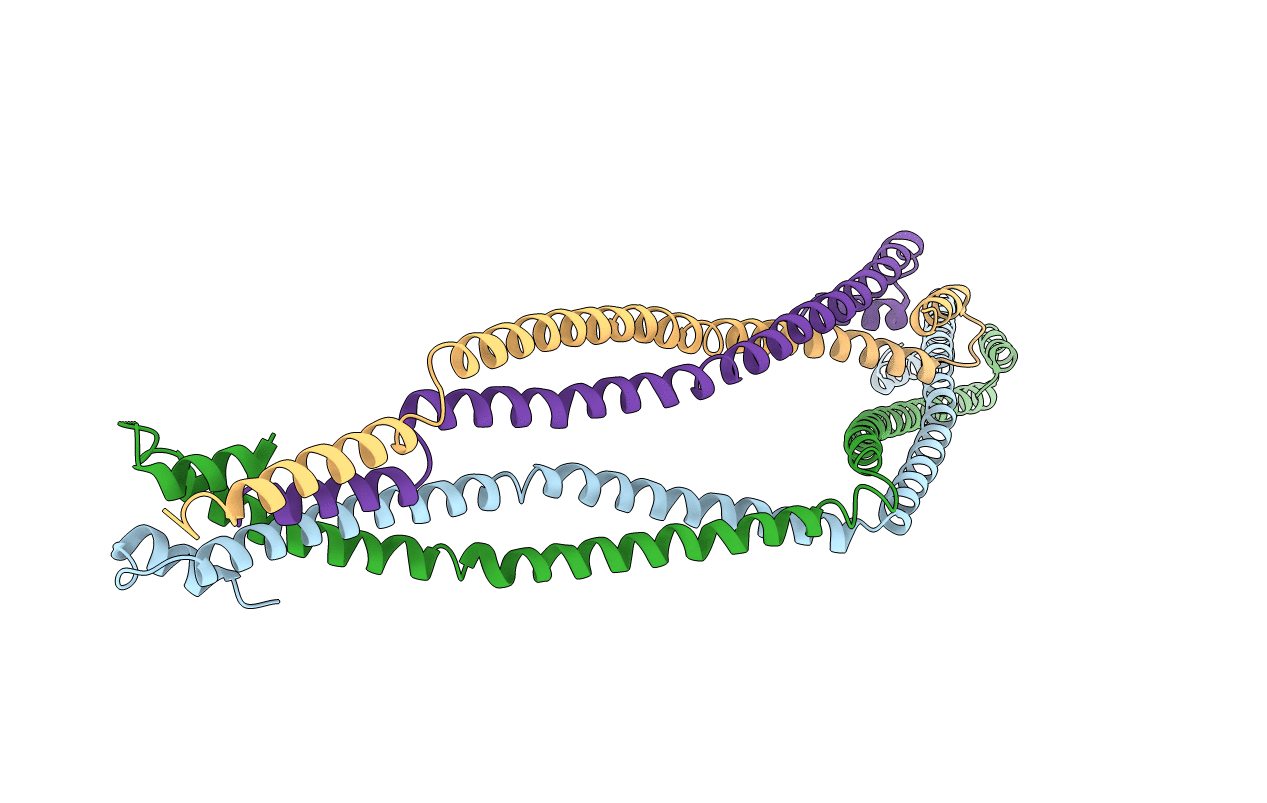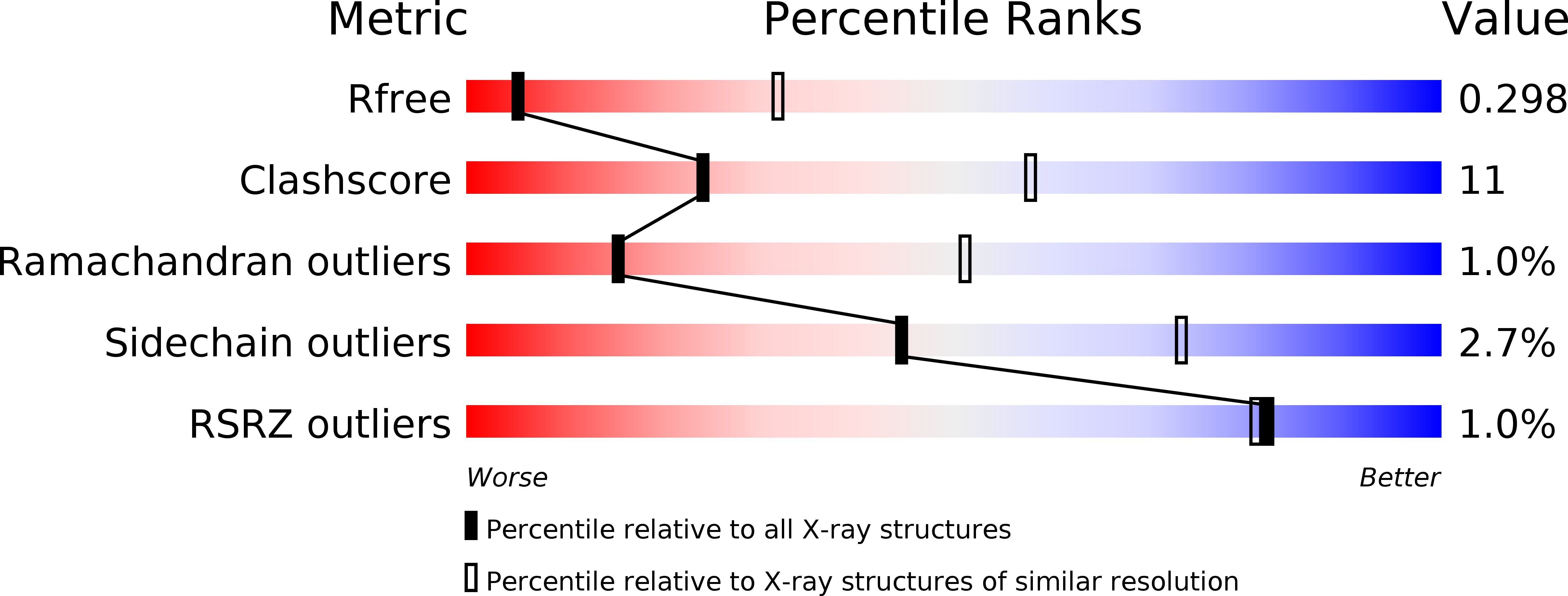
Deposition Date
2014-12-12
Release Date
2015-07-01
Last Version Date
2023-11-15
Entry Detail
PDB ID:
4XA6
Keywords:
Title:
Crystal Structure of the coiled-coil surrounding Skip 4 of MYH7
Biological Source:
Source Organism:
Bacillus phage phi29 (Taxon ID: 10756)
Homo sapiens (Taxon ID: 9606)
Homo sapiens (Taxon ID: 9606)
Host Organism:
Method Details:
Experimental Method:
Resolution:
3.42 Å
R-Value Free:
0.29
R-Value Work:
0.23
R-Value Observed:
0.24
Space Group:
C 1 2 1


